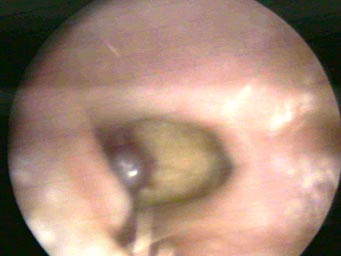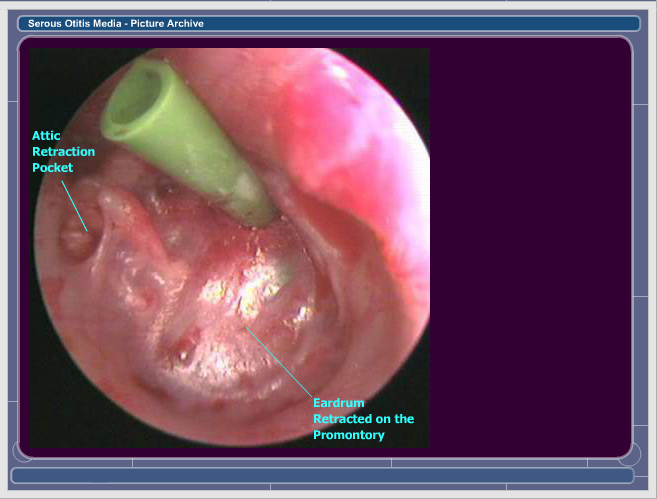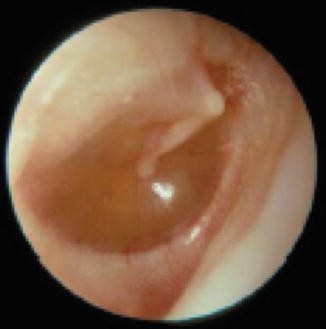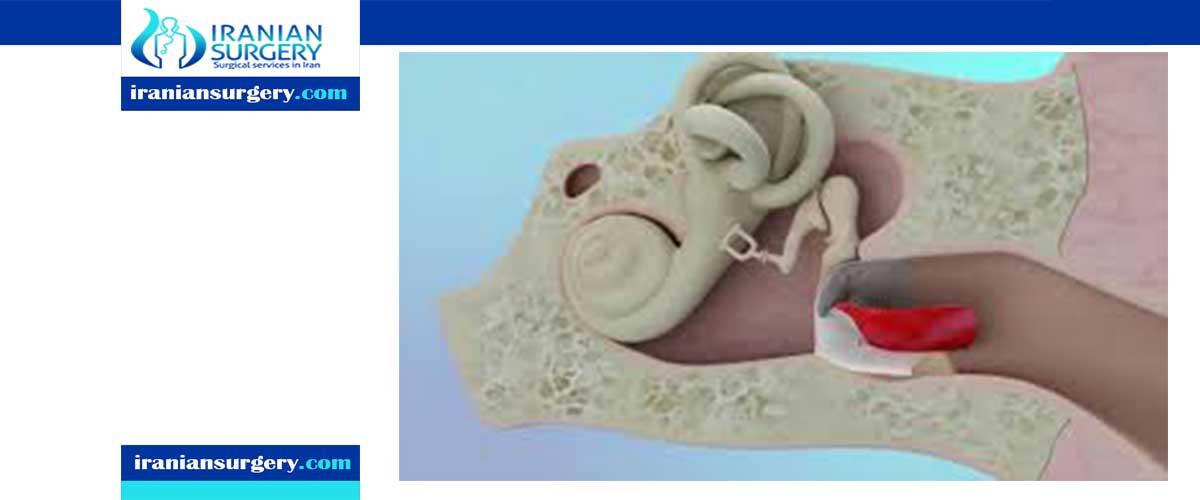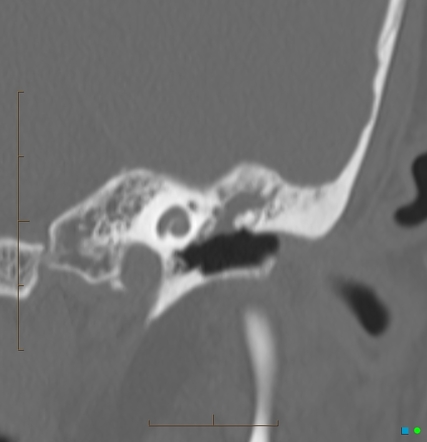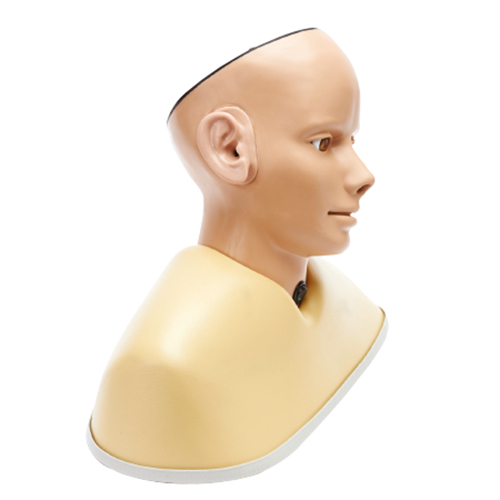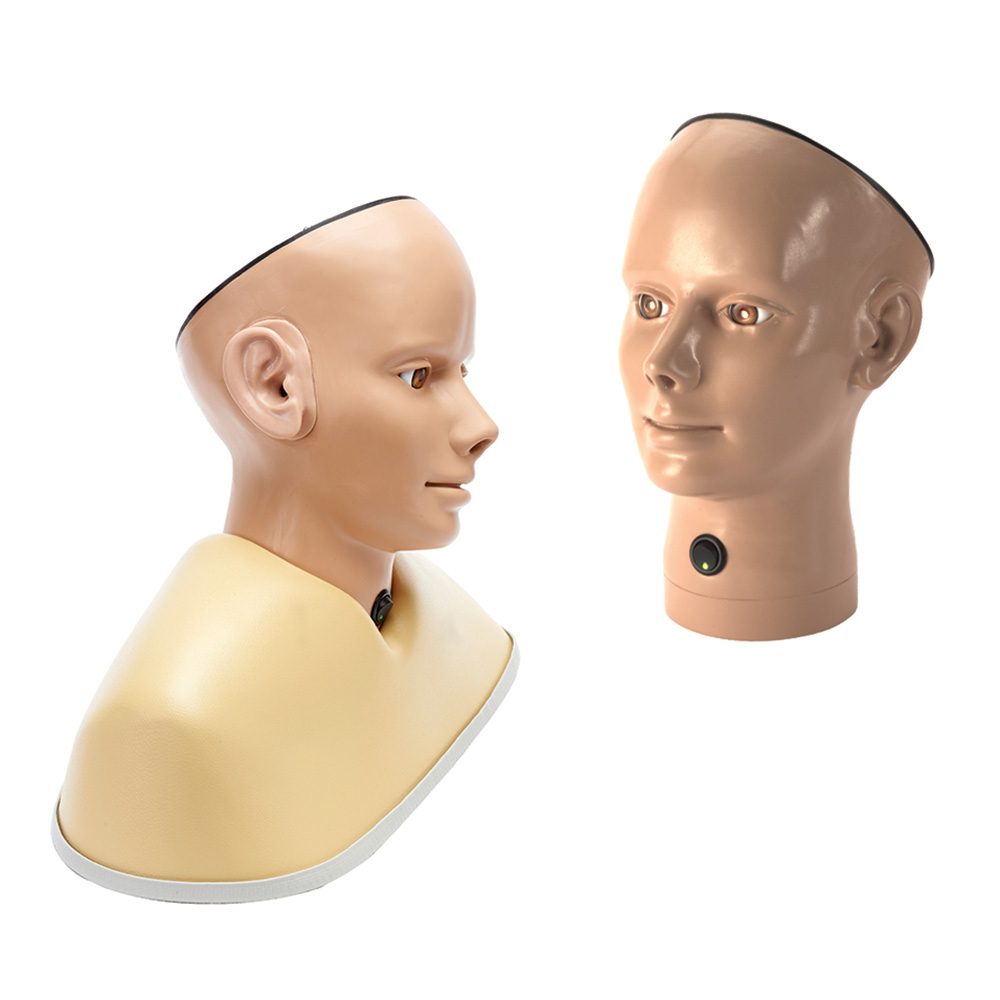Attic Retraction Ear Drum
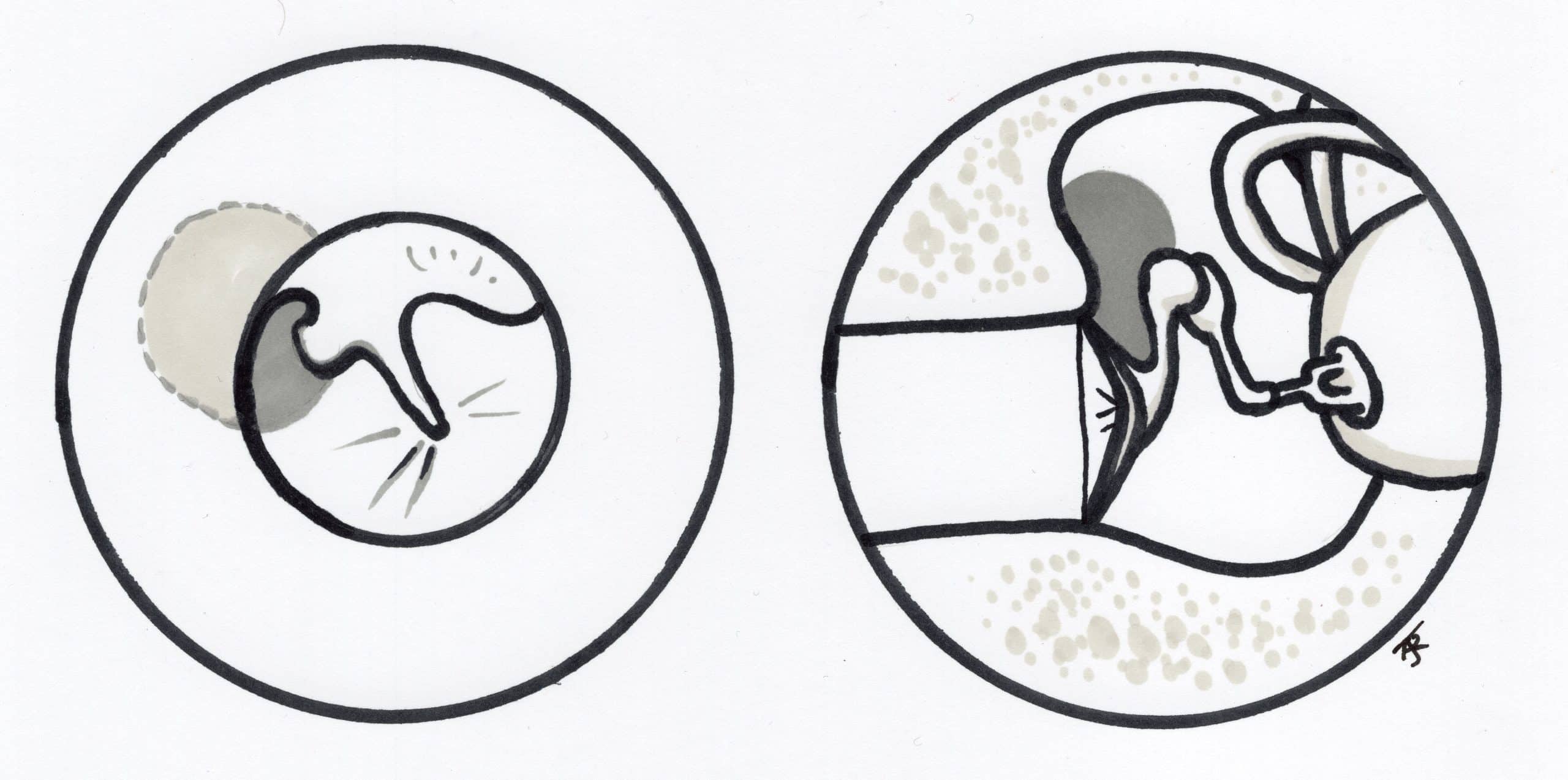
As mentioned an eardrum retraction is frequently caused by the infections we acquire.
Attic retraction ear drum. Medical professionals may also call a retracted eardrum middle ear atelectasis to understand the conditions that may cause this you must first understand a little bit about the eardrum called the tympanic membrane and the normal physiology of the middle ear. Skin material often accumulates in this pocket and becomes infected causing drainage and potential severe complications. In a retrospective study of 345 patients with middle ear cholesteatoma operated on by the same surgeon the overall 5 year recurrence rate was 11 8. Fluid draining from the ear.
The eardrum comprises two parts the pars tensa which is the main part of the eardrum and the pars flaccida which is a smaller part of the eardrum located above the pars tensa either or both of these parts may become retracted. Tympanic membrane retraction is a condition where a part of the eardrum becomes weakened and loose and is pulled inwards by the negative pressure of the middle ear. Such causes can include for example poor eustachian tube function which results in retraction of the ear drum and failure of the normal outward migration of skin. Mr neel raithatha aka the wax whisperer 28 454 views 2 07.
However if it retracts enough to press on the bones or other structures within your ear it can cause. The surface layer of the skin on the ear drum moves over the surface of the ear drum and along the ear canal before before shedding and mixing with the oils produced in the outer part of the ear canal to form wax. Many of theses eardrums have tympanosclerosis or white plaques on the eardrum. A retracted eardrum is one that appears concave.
Further progression of retraction pockets can cause destruction of the eardrum. A retracted eardrum usually doesn t cause any symptoms. The picture on the far right shows a severely retracted eardrum with attic retraction pocket formation. There has been significant bone erosion of the ear canal wall above the eardrum.
The eardrum is draped over the incus stapes and round window. The ear canal and ear drum are covered with skin but down the ear canal there is no friction so the skin grows in a different way. 1 attic retraction pocket cholesteatoma is clearly visualized white arrow. Tympanic membrane retraction describes a condition in which a part of the eardrum lies deeper within the ear than its normal position.






